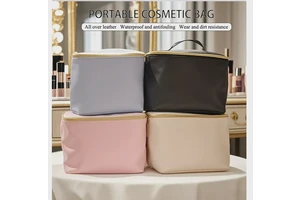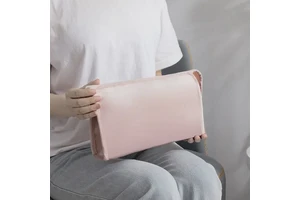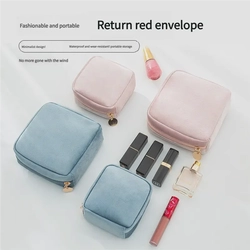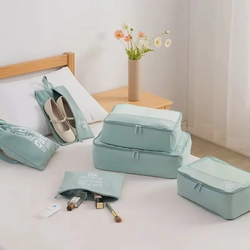How to Choose Durable Daily Essentials: A Guide to Buying Things That Last
How to Choose Durable Daily Essentials: A Practical Guide to Buying Things That Last
Are you stuck in a cycle of buying, using, and discarding the same items? That cheap tote bag that frayed after six months, the kitchen knife that won't hold an edge, the wobbly chair—it’s a frustrating waste of money and time. The alternative isn't just spending more; it's spending smarter.
Choosing durable daily essentials is a skill that saves you money, reduces environmental waste, and brings a sense of reliability to your everyday life. This guide will provide you with a practical framework for selecting well-made goods, empowering you to build a home filled with items that are truly buy-it-for-life.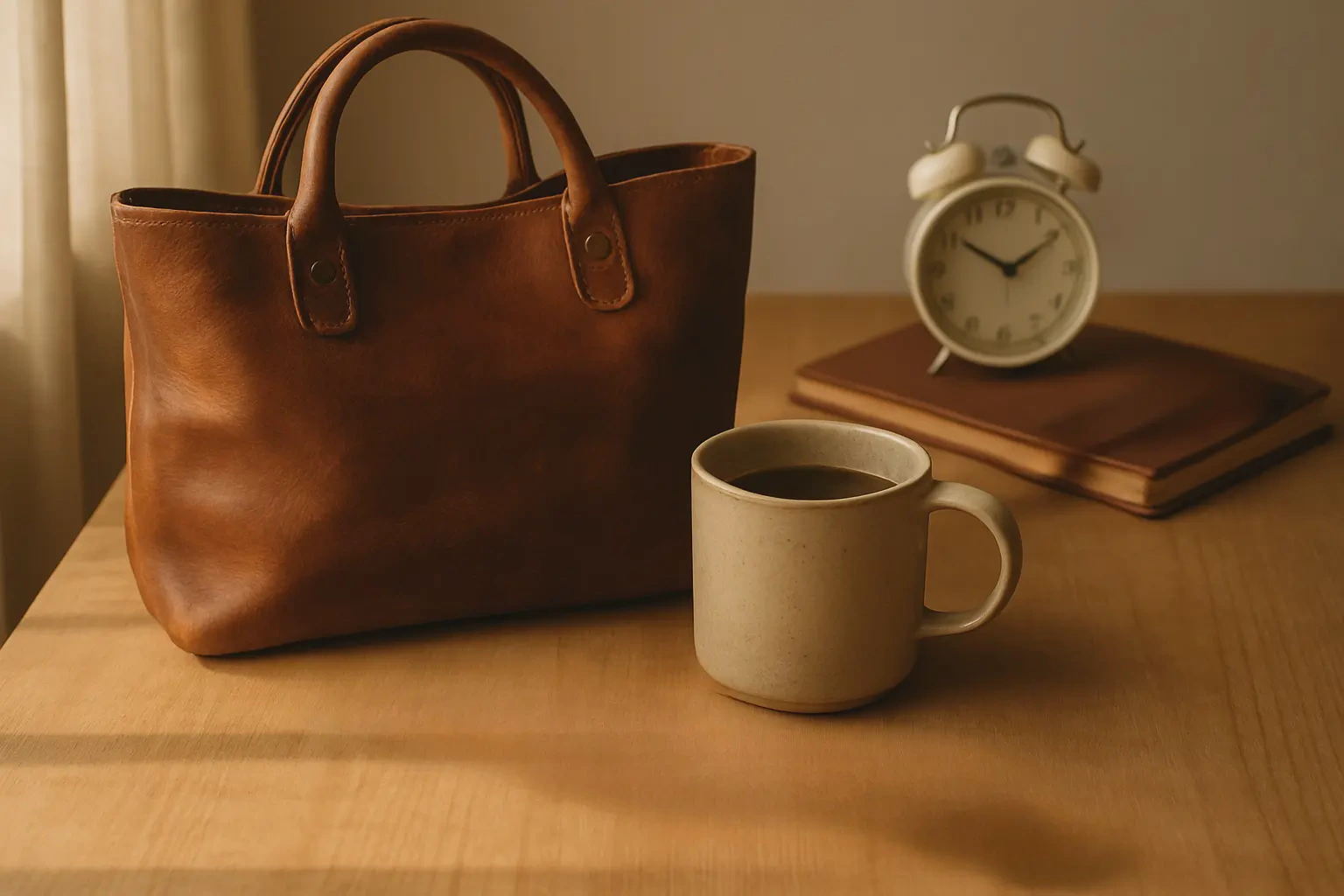
The True Cost of Cheap: Why Durability Saves You Money and Time
The low price tag of a disposable product is an illusion. The true cost includes:
Financial Drain: The constant need to repurchase adds up quickly, often exceeding the one-time cost of a high-quality item.
Time Waste: Researching, shopping, and dealing with broken items consumes valuable time.
Environmental Impact: "Fast fashion" and disposable goods contribute significantly to landfill waste and resource depletion. Investing in durability is a core principle of sustainable living.
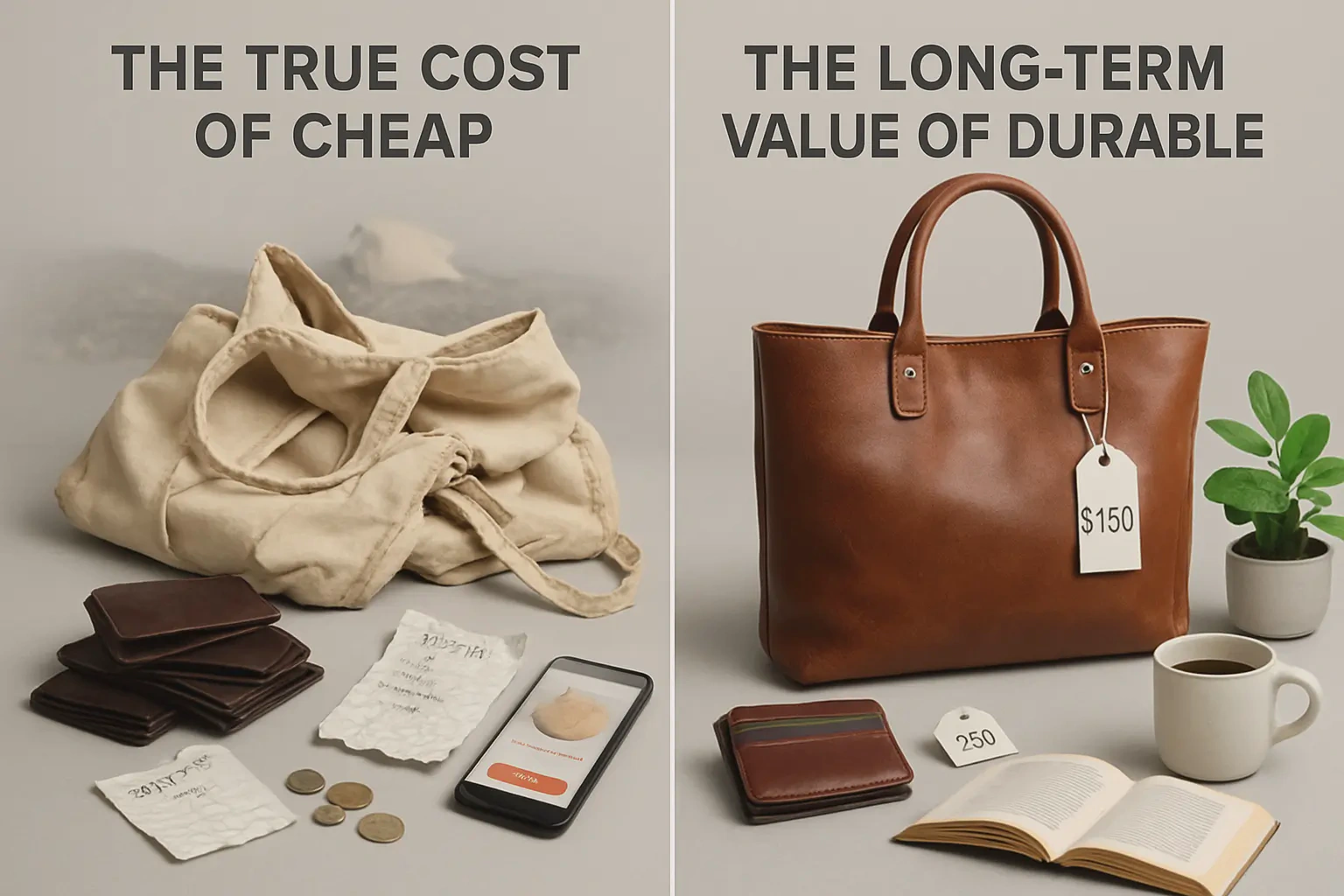
The Mindset Shift: From Disposable to Long-Term Thinking
The first step is a change in perspective. Move away from asking "Is this cheap?" to asking "What is the cost per use?" A $200 pair of boots worn for a decade is a better value than five $50 pairs that fall apart every two years. Embrace the mentality of being a curator of your possessions, not just a consumer.
The 5 Pillars of Durability: What to Look For in Any Product
Use this checklist to evaluate any product, from furniture to electronics.
1. Material Matters: The Foundation of Longevity
Look for: Full-grain leather, solid wood (like oak or maple), 100% natural fibers (linen, cotton), high-grade stainless steel, and durable plastics like polycarbonate.
Avoid: Bonded leather, particleboard/MDF, low-denier polyester, and thin, brittle plastics. These materials are designed to be replaced, not to last.
2. Construction & Joinery: How It's Put Together
Look for: Dovetail joints in drawers, solid wood frames (not just veneer), reinforced seams on bags and apparel, and welded (not glued) metal frames.
Avoid: Staples, weak glues, single-stitched seams, and plastic connectors. Quality construction is often visible if you know where to look.
3. Brand Reputation & Warranties: The Promise of Quality
Look for: Brands with a long history of craftsmanship, transparent manufacturing processes, and generous warranty policies. A strong warranty signals that the company trusts its product.
Avoid: Brands with no track record or those that offer only minimal, difficult-to-claim warranties.
4. Timeless Design: Avoiding Trends That Date
Look for: Classic, functional designs that won't look outdated in a few years. Neutral colors and simple lines have staying power.
Avoid: Overly trendy items that are likely to fall out of fashion quickly. Durability is about aesthetic longevity as well as physical longevity.
5. Repairability: Can It Be Fixed When It Breaks?
Look for: Products designed with standard parts, accessible repair manuals, or a network of service providers. Companies that sell replacement parts score high.
Avoid: Sealed units (common in electronics) and products that are thrown away after a single component fails.
A Practical Guide: Assessing Durability in Different Product Categories
Kitchenware & Cookware
Knives: Forge a single, high-quality chef's knife from high-carbon stainless steel. Avoid cheap sets with thin, hollow handles.
Pots & Pans: Look for clad stainless steel (with an aluminum or copper core) for even heating and durability. Non-stick coatings will always wear out; consider them semi-disposable.
Furniture & Home Goods
Tables & Chairs: Solid wood is king. Test for wobbles. Joints should be tight and reinforced, not just screwed together.
Sofas: Ask about the frame material (hardwood is best), the suspension (eight-way hand-tied is the gold standard), and the durability of the fabric (e.g., Martindale rub count).
Bags, Wallets, and Apparel
Bags: Examine the zippers (YKK is a reliable brand), the stitching (should be tight and even), and the material (canvas or full-grain leather).
Apparel: Focus on natural fibers and sturdy stitching. A few well-made, versatile pieces are better than a closet full of fast fashion.
The "Feel Test": How to Judge Quality In-Store in 60 Seconds
You can often assess quality with a quick hands-on check:Weight & Balance: A quality item often has a satisfying heft and feels balanced in your hand (e.g., a tool, a knife).
Examine the Details: Look closely at seams, joints, and finishes. Are there loose threads? Is the finish even?
Test Moving Parts: Open and close zippers, drawers, and hinges. They should operate smoothly and feel solid.
By adopting this framework, you move from being a passive buyer to an informed consumer. You'll not only own better products but also contribute to a less wasteful world. Start small, apply these principles to your next purchase, and experience the satisfaction of owning things that are built to last.

